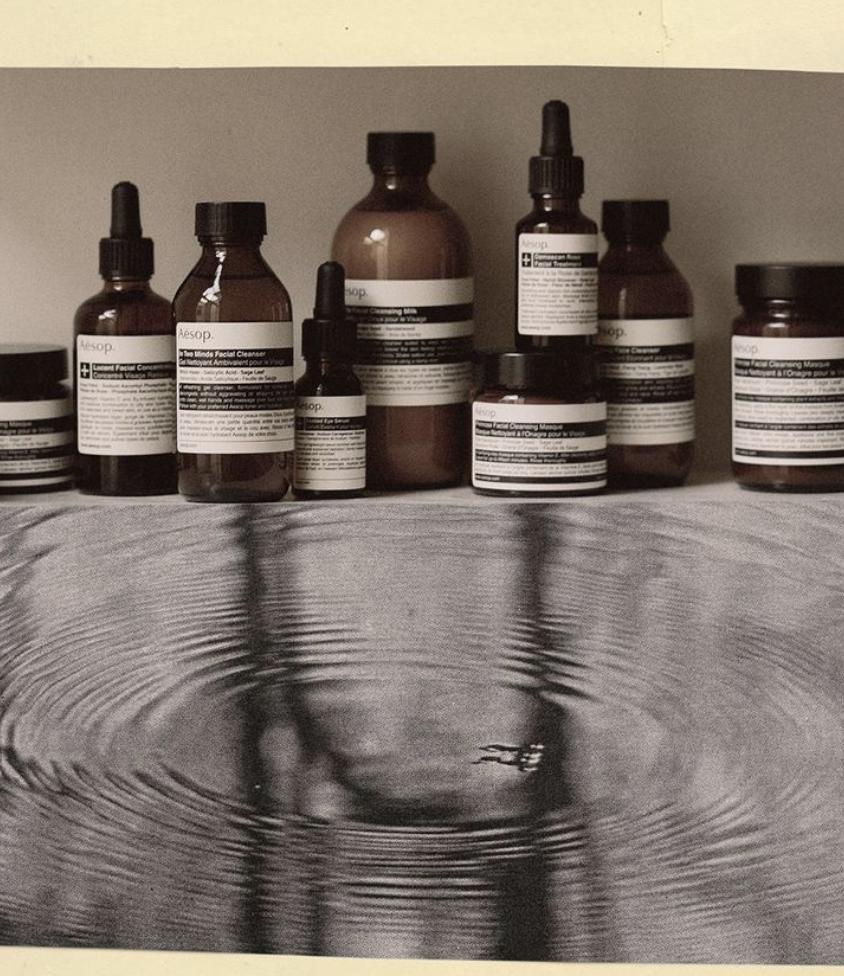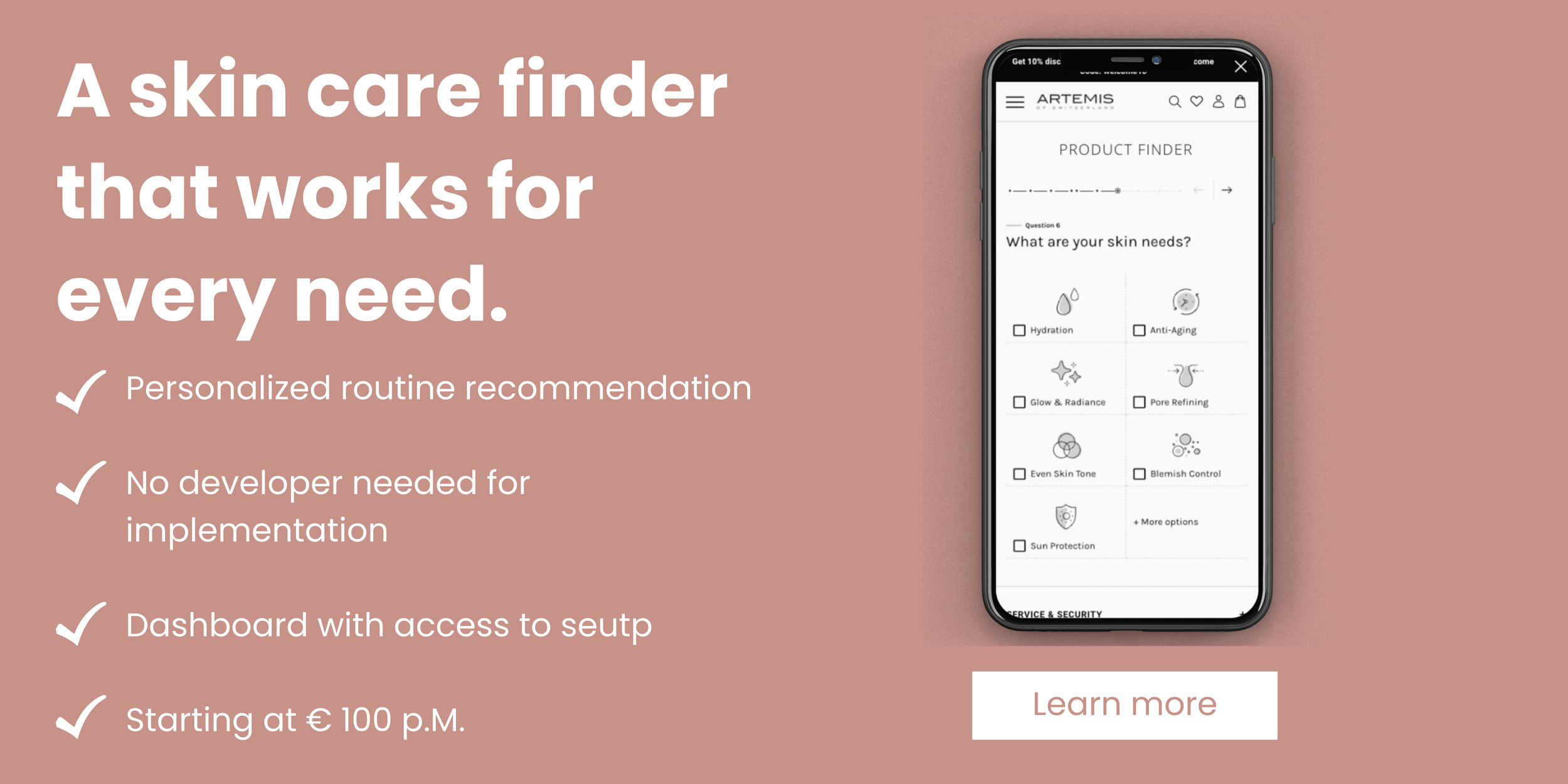Genderless Skincare and how your brand can adapt to a gender-inclusive market.
Genderless skincare is no longer a trend but rather the new norm in cosmetics. Gender-fluid aesthetics are becoming more popular among celebrities, influencers, and the general public, especially among younger generations, who employ clothing, haircuts, makeup, and other visual components to promote inclusivity and self-expression.
It's a world-wide change. In the Mintel report "The Next Genderation," gender-neutral clothing is becoming more popular among young Chinese women (53%); more than half of Canadian men have used or want to use genderless skincare products (55%); and 56% of UK consumers believe that diversity has become a requirement for beauty brands. The creation of brands that emphasize neutrality, with well-known individuals like Harry Styles, Fedez, and Pharrell Williams as their founders and spokespersons, has been affected by consumer expectations. They promote everything, regardless of gender, from skincare to nail polish.
Marcia Bardauil, Market Insights Lead at Quadpack, claims that these influencers are assisting in attracting male customers, a group that was previously more challenging to reach. "Just by being playful and honest men, using makeup, nail polish, or even sharing their skincare routine, they create new possibilities."
Major businesses in the beauty industry are making investments in this burgeoning sector, either through partnerships with gender-fluid role models like fashion designer Harris Reed, as did MAC, or by the acquisition of popular brands, as did Coty recently with Orveda.
#1 Key Factor to get the genderless appeal: It’s all about the visuals
Beauty packaging is crucial in assisting brands in navigating this novel environment. More and more skincare, beauty, and fragrance product lines have gender-neutral branding that is intended to appeal to both men and women equally. The most popular products from these businesses are those with simple, gender-neutral designs that have clear lines and are functional and sustainable. For example, male grooming collections are shedding their "macho" stigma and adding more skincare and beauty items, vibrant décor, and humorous messages.
In terms of diversity and inclusion, the beauty industry is only scratching the surface. Gender neutrality and inclusion are only another part of the diversity spectrum that we, as the beauty industry must be aware of and adapt our brands accordingly. Skincare is something we all need and use every day, no matter the capacity. The LGBTQ community make up 7% of consumers and counting, it would be a shame to exclude an entire community from your consumer base. Genderless skincare is a way to connect your brand to a community which is only growing.
However, genderless skincare does not only apply to the LGBTQ community. Gen Z consumers are also more inclined to purchase products that are gender-neutral and these gen z consumers make up 40% of the global consumer population.








